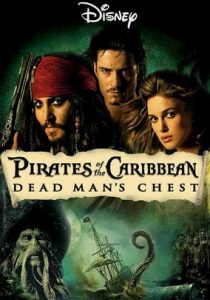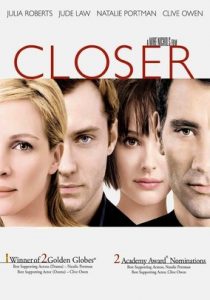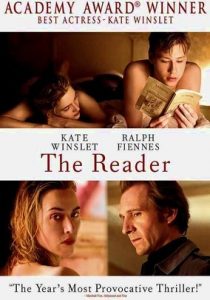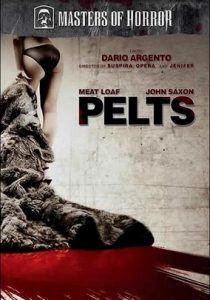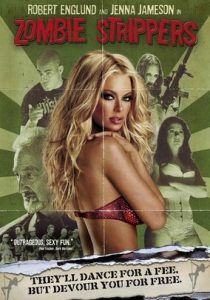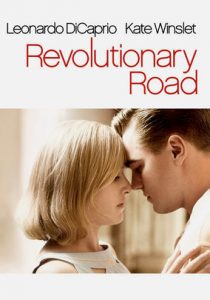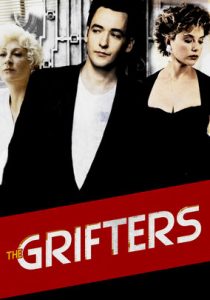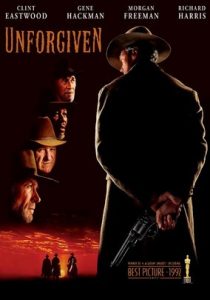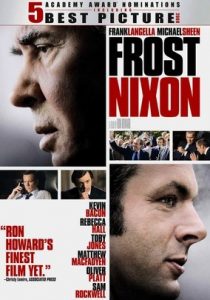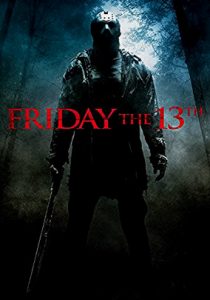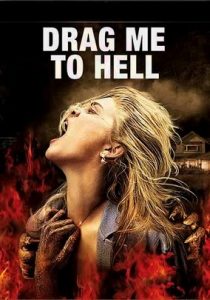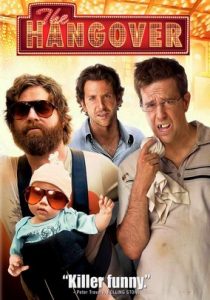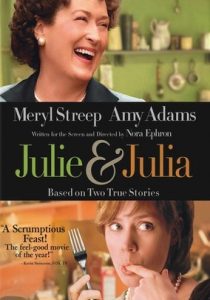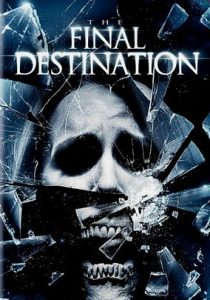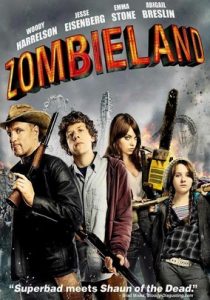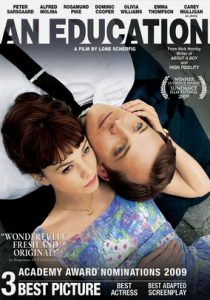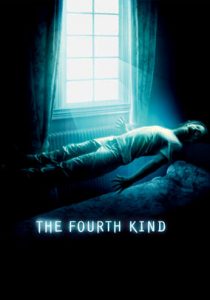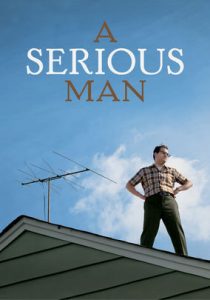Everybody Wants Some!!-2016
Director Richard Linklater
Starring Blake Jenner, Zoey Deutch
Scott’s Review #585
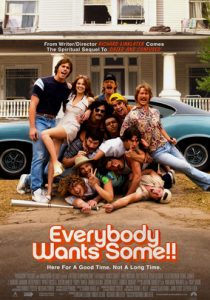
Reviewed January 5, 2017
Grade: A-
A follow-up to the successful 2014 film Boyhood, directed by Richard Linklater, Everybody Wants Some!! (2016) is another slice-of-life story with interesting characters, trials and tribulations, and a coming-of-age theme centering around the main character’s struggles to identify with themselves and each other.
Like Boyhood, a timeline is used, but instead of taking place over seventeen or so years, it takes place throughout a long weekend preceding the start of the college semester, a blissful yet melancholy time for many.
The setting is steamy Texas in the late summer of 1980.
A few freshman baseball prospects, who were superstar athletes in high school but are unknown here, move into a large house inhabited by other baseball players, hoping to make it to the majors.
The college is fictional but is a Southeast Texas Cherokee team. The main character, freshman Jake (Blake Jenner), arrives to find a bevy of drunken jocks carousing for a good time.
He bonds with the other guys but is more introspective and complex and embarks on a flirtation with a theater student, Beverly (Zoey Deutch), while also connecting with various other jocks with whom he lives.
The film is successful because it is a quiet story. Like Boyhood, Linklater focuses on relationships and good storytelling rather than big bombastic moments or cliched stereotypes. We observe many acquaintances living life, getting to know each other, and having fun rather than taking life too seriously.
At the same time, they worry about their futures and choose to live for the moment, not knowing what tomorrow will bring.
They are stuck in a moment in time.
The musical soundtrack is fantastic- interspersing 1980s bands like Van Halen (known for the title song), Pat Benatar, Devo, and many others while mixing in classic artists like Neil Young and Led Zeppelin.
The film focuses on a bonanza of rock n roll history.
Everybody Wants Some!! It is well-written and intelligent.
Fellow intellectual jock Willoughby (Wyatt Russell)and Jake do not quite fit in with the other loud and self-centered jocks, forging a close friendship, discussing intricate aspects of rock songs by Led Zeppelin and dissecting the arrangements and simply talking about life rather than guzzling beer and chasing girls.
Ironically, Linklater chooses to have Willoughby diss Van Halen as a corporate rock band despite branding the title name of the film.
One may argue that nothing happens throughout the film, but that is the beauty and what makes it work as an honest, truthful piece of filmmaking.
How novel that the film does not contain any contrived plot devices intended to create tension between the characters- the film is, and that is the beauty of it.
Everybody Wants Some!! It is intended to be observed.
The romance between Jake and Beverly is sweet and unassuming. They come from different backgrounds- he a jock, she a theater major, yet they connect innocently.
The film displays different social groups coming together, which is a significant accomplishment of the film. We witness the jocks attend a theater-style party and enjoy themselves.
The film successfully merges differing social groups as one, but the key here is that the film never does this in a contrived manner. It simply happens organically.
Some complained about the age of some of the actors, many considerably older than teenage years, donning wigs, but that did not bother me. I enjoyed the maturity of the seasoned actors in these roles.
Linklater is a modern director who dares to tell interesting stories about ordinary individuals with whom the audience can immediately identify, making him a worthy talent of today.
